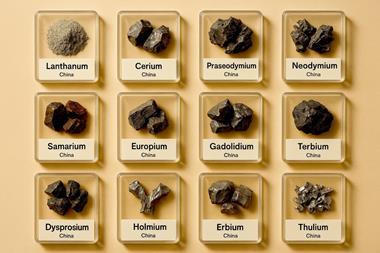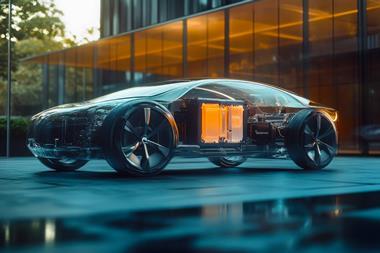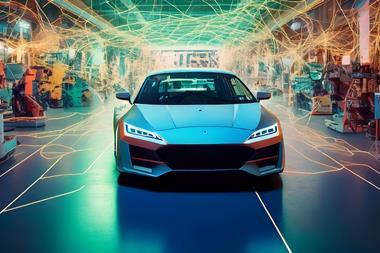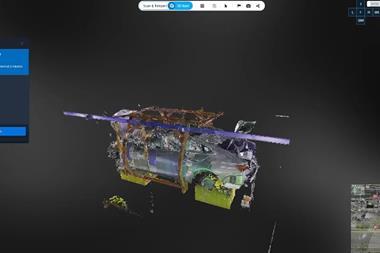AMS spoke to Leah Bruce, Ford’s manufacturing business manager, diesel specialist, to find out more about the OEM’s plans for diesel engine production
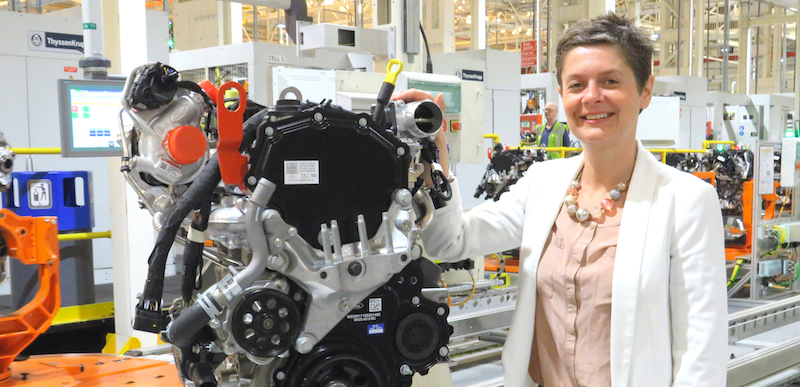 Where does diesel fit into Ford’s powertrain strategy?Leah Bruce: From a production point of view, diesel is still very much part of Ford’s plans. We believe in a powertrain of choice for our customers and particularly with diesel being very strong for us in the commercial vehicle market, this type of powertrain will continue to be an important part of our line-up going forward.
Where does diesel fit into Ford’s powertrain strategy?Leah Bruce: From a production point of view, diesel is still very much part of Ford’s plans. We believe in a powertrain of choice for our customers and particularly with diesel being very strong for us in the commercial vehicle market, this type of powertrain will continue to be an important part of our line-up going forward.
 You note that the commercial vehicle market is a strong one for Ford, but is there a region where diesels are particularly important?Looking at this in terms of the market and production then Europe is probably our biggest region for diesel, and the UK is our biggest market. This is represented by our Dagenham production facility, which is a diesel specialist centre and has the capacity to produce over a million units per year.
You note that the commercial vehicle market is a strong one for Ford, but is there a region where diesels are particularly important?Looking at this in terms of the market and production then Europe is probably our biggest region for diesel, and the UK is our biggest market. This is represented by our Dagenham production facility, which is a diesel specialist centre and has the capacity to produce over a million units per year.
Where else do you have significant diesel production?We produce engines for commercial vehicles in Turkey and at the Port Elizabeth facility in South Africa (for the Ranger), supporting the African and Middle Eastern markets; Dagenham production is for both commercial vehicle and passenger car. There is also diesel engine production in South America and in India at Sanand and Chennai.
With changes in market demand (passenger car/commercial vehicle) for diesel has there been any shift in production in terms of volumes and regional footprints?It certainly hasn’t made a difference to where we are producing diesel engines.

How have new diesel engine developments to reduce emissions (downsizing, cylinder deactivation, etc.) have affected manufacturing processes?New technologies have absolutely made a difference to how we manufacture the engines, but also how manufacturing in general has moved on over the years. All too often people think of product development in terms of the complete vehicle, meeting legislative/emissions requirements and the customer’s wishes, but there is also an internal element in terms of how we have changed our manufacturing strategies, getting leaner and meeting the growing complexities [of the engines].
Diesel technology has changed in recent years and will continue to do so and that means handling much more complexity and developing our production philosophy; being able to produce down to a batch number of one. This will continue to require significant investment and greater flexibility in our manufacturing operations.
As a company we have streamlined our bill of process and bill of design as our engines become more of a global product. Historically, you might have one engine being produced in one plant. Now that’s not the case, for Ford or any other OEM, as the whole production process becomes more of a global operation. So we have to be able to replicate our [production] facilities any where in the world. For example the facilities at Dagenham for the EcoBlue engine need to be replicated for the production lines at Sanand in India.
A good example of this is the modular camshaft. This design element meant we had to look at how we could standardise the production process to consistently meet the quality standards regardless of where it was built or the levels of automation at those plants.
As diesel emission regulations vary from region to region, how do you adjust your operations to meet these needs?We work to balance the customer requirements with our production strategies and part of this is to be flexible enough to produce batches of one. This means being able to handle the complexity of the process wherever the facility is located, with whatever the level of automation. While we have bills of process and design to standardise production, we have to be flexible and adapt to meet the individual requirements as needed. The reality is [that] a ‘one-size-fits-all’ approach doesn’t work in these situations.
 From a production point of view, diesel is still very much part of Ford’s plans
From a production point of view, diesel is still very much part of Ford’s plansGoing back to the camshaft housing for the EcoBlue engine, this was a completely new design and we had to adapt the bill of process and bill of design for that. This is on-going, as new technologies are being introduced all the time. So the challenge is to be flexible and adaptable but then create a standardised process to allow the unit to be built in any plant.
Are you able to run mixed (diesel/petrol) engine lines?Yes, the Chennai plant was the first to have a single line producing both diesel and gasoline engines.
What’s the biggest challenge you may face in the future?That’s a hard question. With ICE engines, diesel or gasoline, the legislative requirements and therefore complexity of the engine are changing all the time. So it’s challenging for manufacturing to continually meet changing requirements and increasing complexity.





























